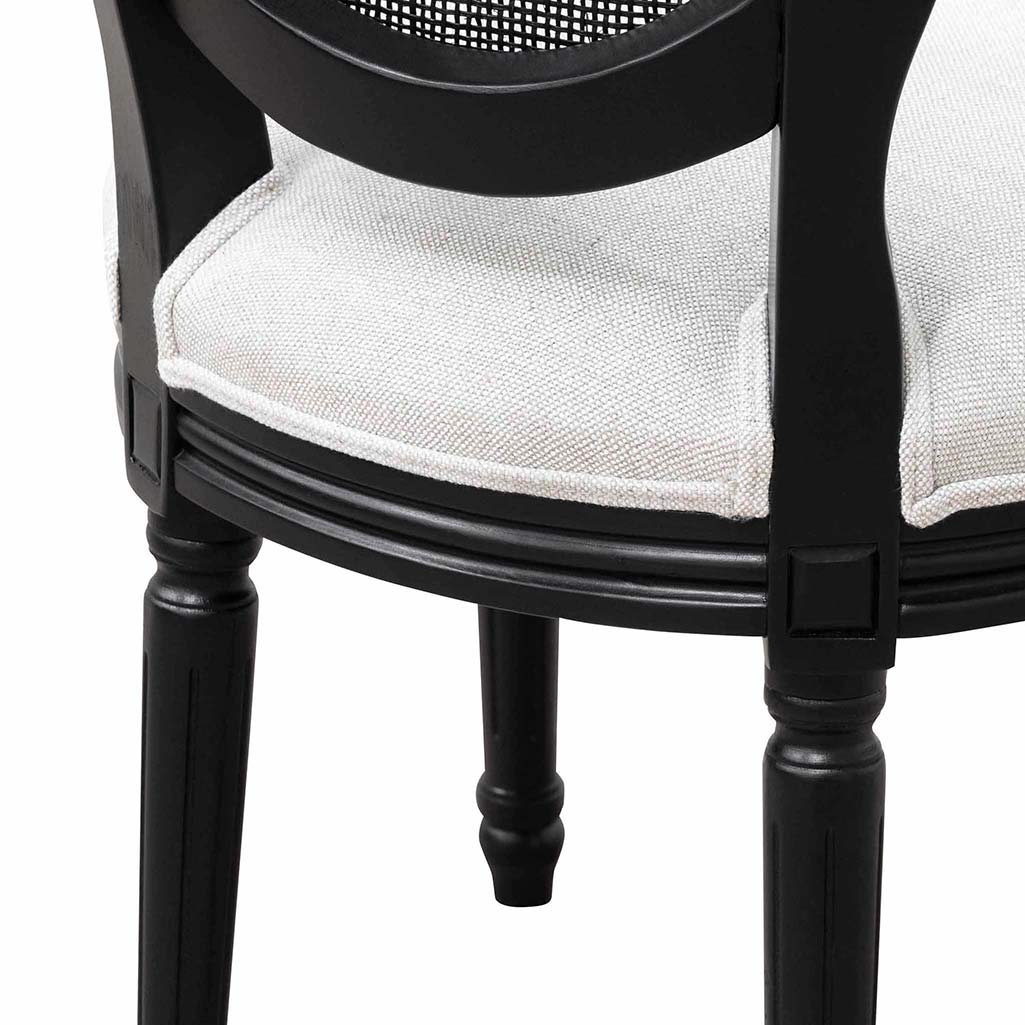TL;DR / Key Takeaways
-
Extendable dining tables maximise seating and surface area without permanently occupying extra space.
-
Perfect for compact Australian homes and open-plan living; they expand quickly for guests.
-
Choose by mechanism, material, and shape to match decor while keeping durability and easy cleaning in mind.
-
Indoor models often favour timber or ceramic finishes; outdoor variants need weatherproof hardware.
-
Expect to pay around AUD 700–AUD 2,500 for quality extendable options in Australia (as of September 2025).
An extendable dining table is a table with built-in leaves or pull-out sections that increase surface area and seating when needed, then retract for everyday use.
Picture hosting a weekend dinner in a compact Melbourne apartment, then reclaiming the space the next morning. Extended dining tables deliver that flexibility and style for Australian homes that juggle living areas and entertaining.
What are extendable dining tables and how they save space in Australian homes
Extendable tables give you extra tables only when required. They expand length or footprint using leaves, sliding panels or drop ends so the same room serves daily life and gatherings.
Definition and benefit: one piece of furniture covers two needs. For small spaces, a retractable table keeps walkways clear and lets a dining nook double as a workspace. Quick checklist for room fit: studio apartment, open-plan kitchen, small dining nook.
How extendable dining tables work (mechanisms and practical use)
Each mechanism controls how the table grows and how easy it is to operate. Common types include:
-
Removable leaves: Classic single-piece inserts stored separately.
-
Drop-leaf extensions: Hinged leaves that fold down for compactness.
-
Butterfly/leaf extensions: Two-piece leaves fold within the table for neat storage.
-
Sliding extension leaves: Pull-out systems that reveal a hidden leaf or panel.
Pros and cons: Removable leaves are simple but need storage; butterfly leaves are neat but heavier; sliding systems often offer the smoothest single-person operation. Choose based on how often you host and how much storage you have.
Styles, shapes, and materials (what to match with your decor)
Match shape and material to traffic flow and style. Shape tips:
-
Rectangular: Best for long dining nooks and maximum seating.
-
Round: Fits tight spaces and encourages conversation.
-
Oval: Mixes the best of both by easing traffic flow.
Material choices:
-
Timber: Warm, durable and easy to refresh.
-
Ceramic or stone inlays: Scratch-resistant and easy to clean for busy households.
-
Metal frames: Modern and sturdy, good for industrial interiors.
Decor alignment examples: Modern minimal uses slimmer legs and light timber; coastal or Scandinavian pairs soft tones and timber grain; farmhouse leans on solid timber and distressed finishes. Timber and ceramic rank high in Australian searches (2025).
Durability, maintenance, and outdoor vs indoor considerations
Durability depends on hardware and surface finishes. Key factors:
-
Quality slides, hinges and locking mechanisms.
-
Finish resistance to stains and wear.
-
Weatherproofing for outdoor use.
Maintenance tips:
-
Clean regularly with manufacturer-approved cleaners.
-
Use placemats or trivets on ceramic and timber surfaces.
-
Store removable leaves flat and dry to prevent warping.
Outdoor differences: Outdoor extendable tables need rust-proof hardware and UV-stable finishes.
Size, seating capacity, and space-planning tips
An extendable table boosts seating by roughly 2–4 places in most home models. Capacity basics:
-
Base seating often 4–6; extended seating can reach 8–10+ for larger models.
-
Allow 60–75 cm per person for comfort; leave 90 cm behind chairs for traffic.
Quick planning guide:
1) Measure dining area and doorways.
2) Choose a base size for daily use.
3) Pick a mechanism that suits hosting frequency.
4) Test chair placement for both states.
5) Confirm clear routes around the table.
Price ranges, value, and buying considerations in Australia
Price bands reflect materials and hardware quality. Typical ranges:
-
Entry to mid-range: AUD 700–AUD 1,400.
-
Mid-to-premium: AUD 1,400–AUD 2,500.
Value tips: Prioritise robust hardware, check warranties, and read customer reviews. For a targeted selection, browse the extendable dining table collection for examples and price points.
Real-life use cases
Scenario A: A Sydney couple keeps a compact rectangular table for weekdays and extends it to seat eight for guests. Setup takes minutes and clears just as fast.
Scenario B: A Melbourne family uses an oval table that expands on weekends, keeping the kitchen island free for daily tasks. These setups show space-saving elegance in action.
Real-world buying guide and questions to ask sellers
Decision flow: Measure your space, test extension action, inspect finishes, confirm delivery and warranty. Ask sellers:
-
How many people when fully extended?
-
What maintenance does the mechanism need?
-
Is there a weather-rated version for outdoor use?
Summary
Extendable dining tables bring flexible seating and polished style to compact Australian homes. Pick the right shape, mechanism and material for daily comfort and occasional hosting. As of September 2025, a thoughtful choice balances hardware quality, finish and warranty to deliver lasting space-saving elegance.
FAQ (short answers)
Are extendable dining tables good for small spaces?
Yes. They offer compact daily use plus extra seating when needed.
How many people can have an extended table seat compared to a regular one?
Typically 2–6 more seats depending on model and extension type.
What extension mechanisms last longest?
Solid-leaf and high-quality sliding systems often offer the best longevity with care.
Any maintenance tips to keep mechanisms smooth?
Clean tracks, lubricate lightly per manufacturer advice, and avoid forcing the mechanism.
What materials suit Australian climates best?
Timber with a durable finish works well; ceramic tops resist stains; outdoor models need weatherproof hardware.
What should I budget for a quality extendable table in Australia?
Plan for around AUD 700–AUD 2,500 depending on finish and mechanism.
Where to shop reliable extendable dining tables in Australia?
Start with established Australian retailers and see the selection.







